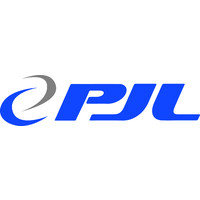
Engineering 350
We are a collaborative, interdisciplinary firm of innovative building services engineers and consultants. Our goal is to seek solutions that find an optimum balance between environmental benefit, social well being and financial viability both for the client and the global community. In every project, we encourage the architectural and engineering teams to understand and explore the unique challenges presented by the design brief. We use energy modeling in the early stages of design to communicate concepts and facilitate understanding of the interplay of daylight, solar radiation, thermal comfort, ventilation, and acoustics. We understand that early collaboration with owner, architect and wider design team and community will lead to successful and enduring buildings and communities valued by all stakeholders. Our building system recommendations result from this collaboration and respond to the desired architectural expression.






